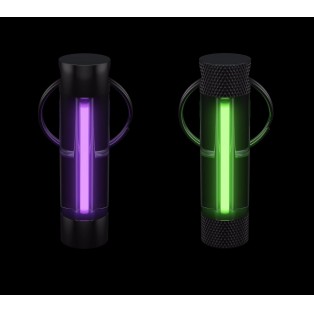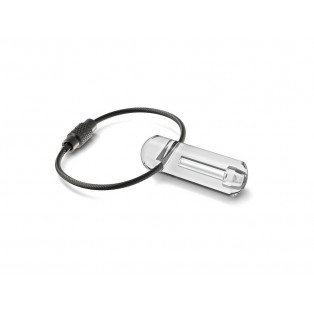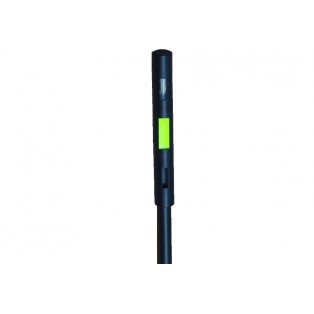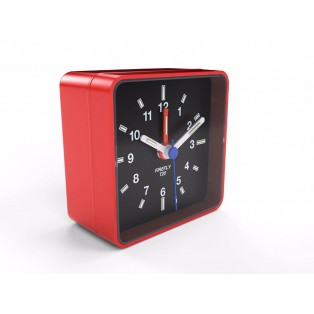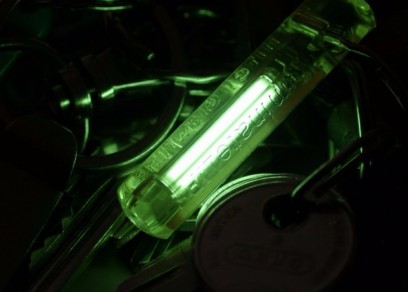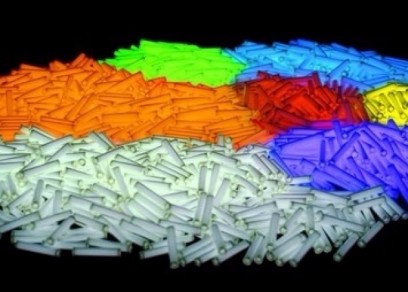Applications
Where did the technology come from?
Trigalight® GTLS technology was developed originally by the British MOD for applications in aviation. Original designs included helicopter rotor-tip markers (for night formation flying) directional markers, exit signage and in-flight refueling markers. These applications demonstrate the tough, durable nature of GTLS light sources, being deployed in extremely adverse environmental conditions yet delivering stable, specified performance over the long term. Recognising the benefits to manufacturers and users, the technology was utilised in many more MOD applications for use in the air, at sea and on land. Today, GTLS are still used in many military sighting and instrument applications including the SUSAT sight, carrier sights and standard-issue compasses.
Today's Applications
The range of applications for these devices is limited only by the imagination. From marking an exit route underground to locating your survival pack on a mountain. From marking a safe path around your bivvy to identifying the start button on a diesel generator. Whenever you need to find your equipment or your way in the dark, there is a cost-effective, reliable and safe Firefly product that will do the job. Our products are routinely used in the following areas:
- Outdoors … activities such as climbing, orienteering, camping and caving
- Indoors … marking of light switches, stairways and essential items such as medicine cabinets
- In the air … on aircraft and associated equipment such as air ambulance deployed medical hardware
- At sea … exit and directional markers on leisure and working boats
- Underground … providing permanent visible marking of waypoint and hazard locations
- Fire safety and directional signs ... particularly for cinemas, heritage buildings and in hazardous areas
- Night games … tactical markers in airsoft and other real game applications





